Guide to
RAPA NUI
Mysterious moai, ancient volcanoes and alluring white-sand beaches
Rapa Nui (Easter Island)
The most remote island on Earth and a UNESCO World Heritage Site, Polynesian Easter Island is a destination that not many get the chance to explore. Though famous for its more than 1,000 Moai, giant stone statues, the island has a lot to offer those who are looking for more – scuba diving in an indescribable-blue ocean, secret caves, horseback riding, scenic bike rides, and plenty of picturesque sites along the coastline.
When to go
June/July is rainy season, January to March is high season and hotter, off seasons is less crowded and temperate weather.
Flight Times
From Santiago: 5 hrs 50 mins
Good to know
Language: Spanish Currency: Chilean Peso (CLP) Visas/fees: Travel to Chile does not require a visa for US/US/EU/CAN/AUS travelers. AUS citizens must pay a reciprocity fee.
What to do in Rapa Nui (Easter Island)
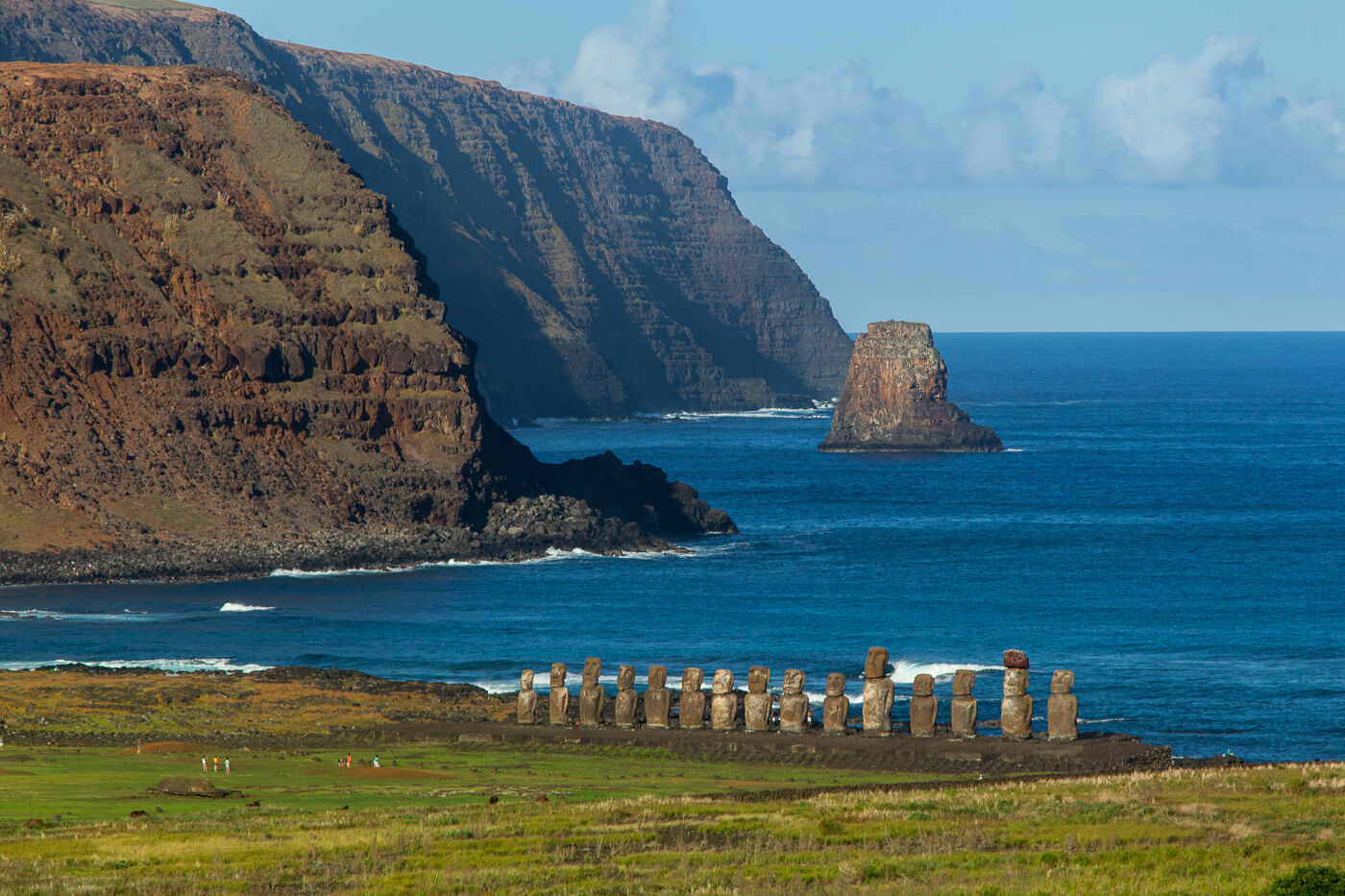
Trip inspiration
Highlights of Easter Island >>
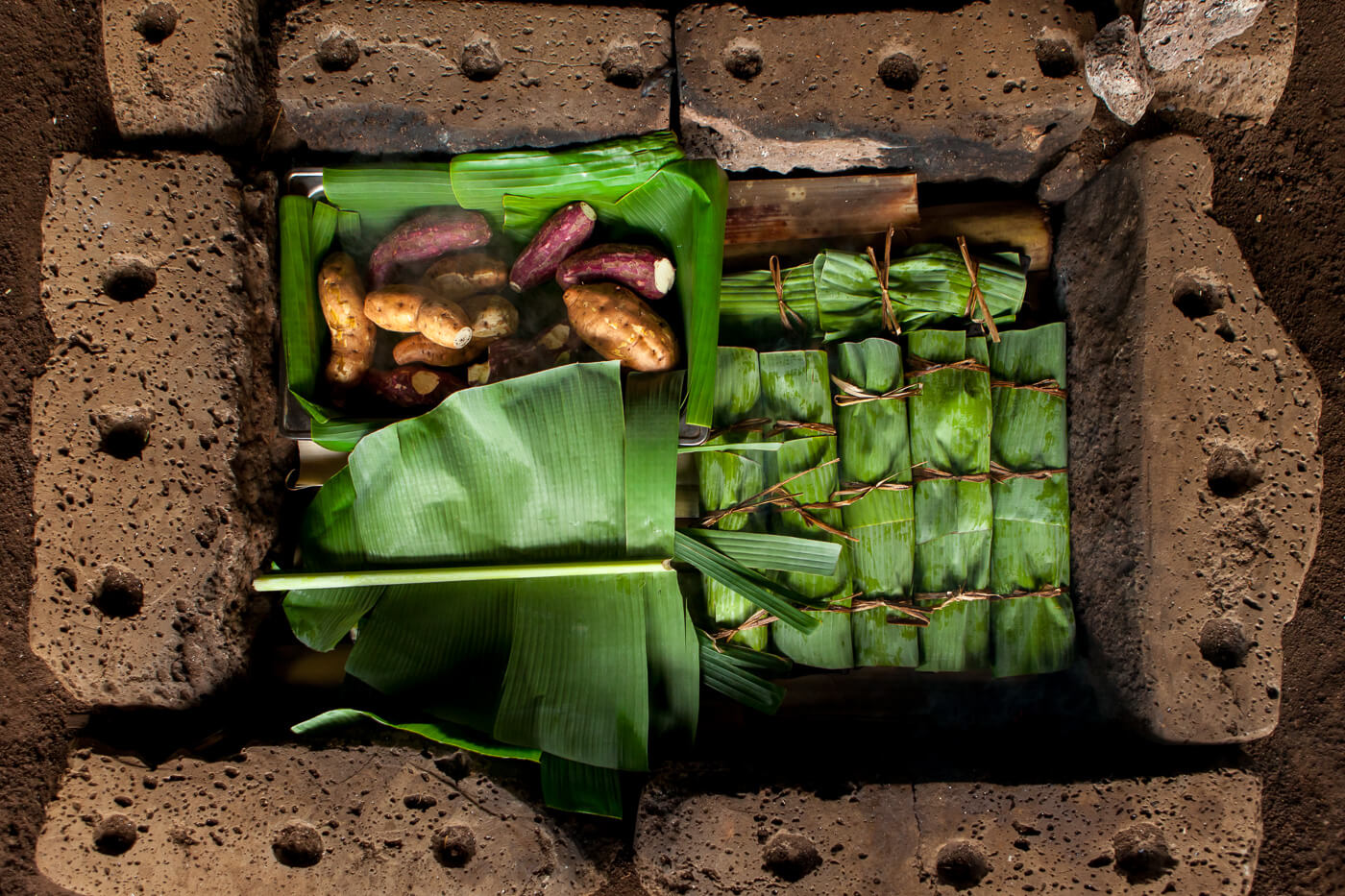
Highlight moments
Local Gastronomic Experience
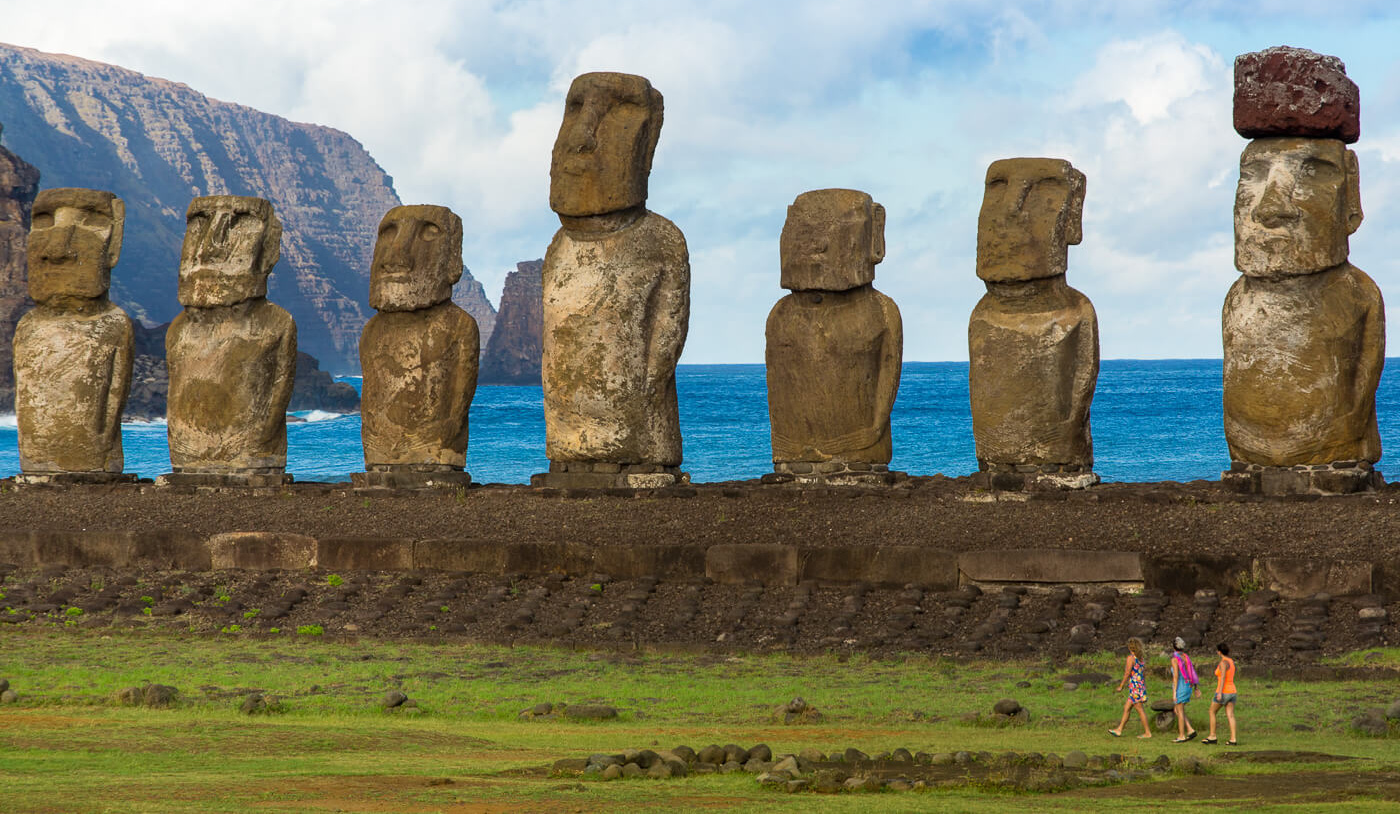
Highlight moments
Learn about the Moi up close and personal with our local guide and Rapa Nui native, Josefina
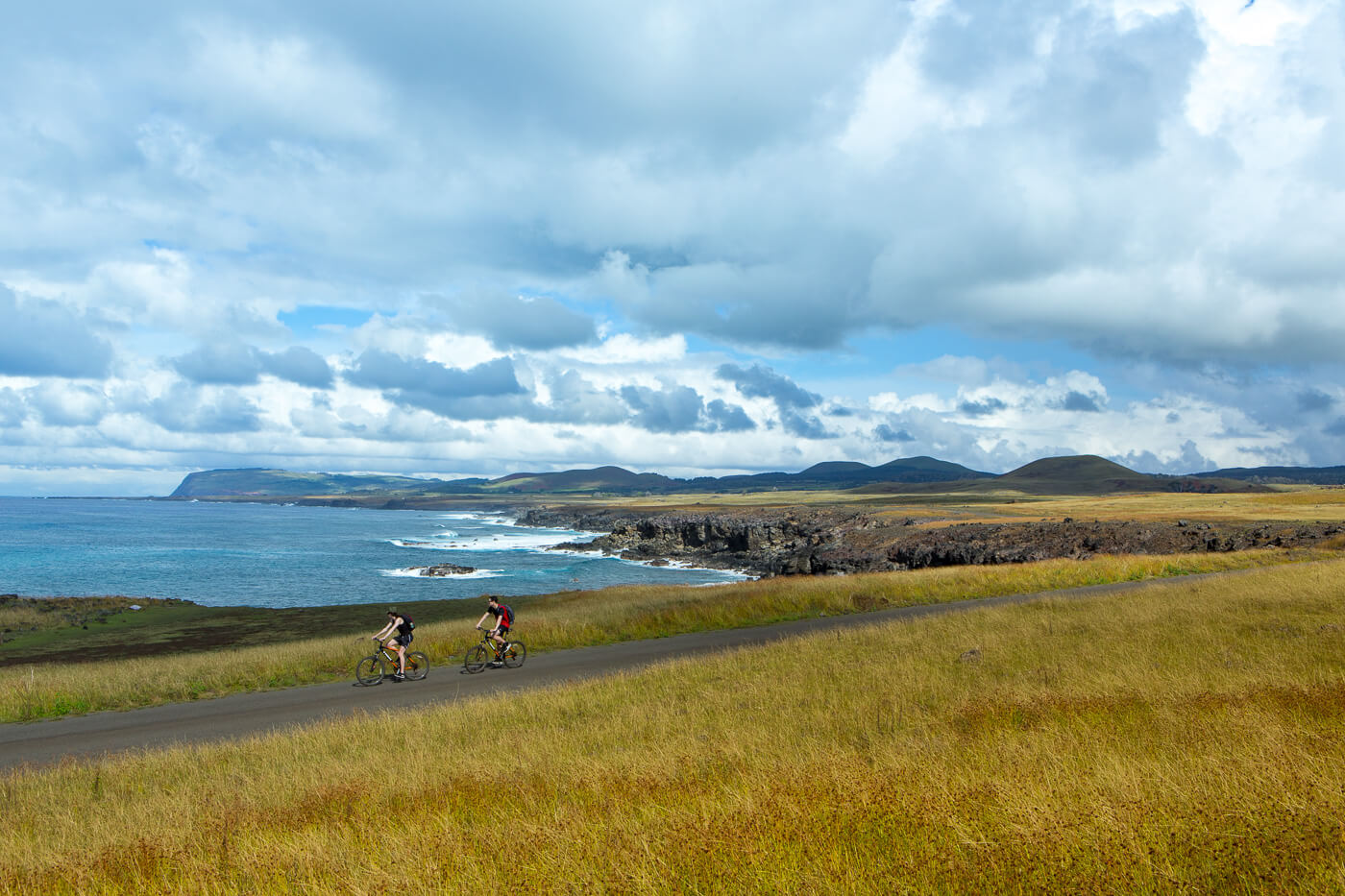
Highlight moments
Cycle across the island
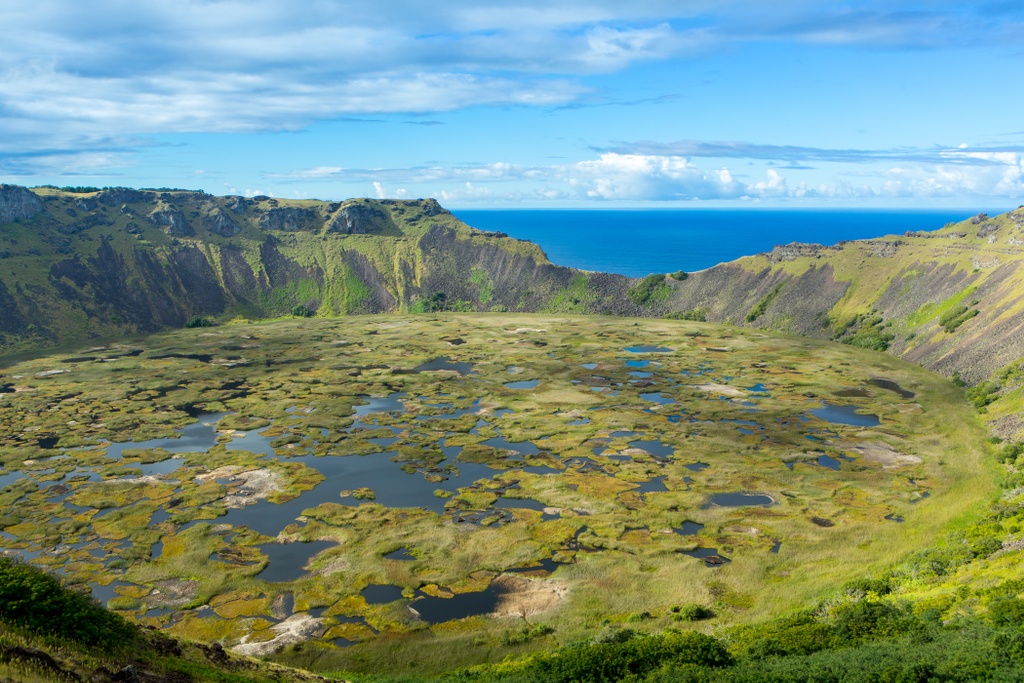
Highlight moments
Explore Orongo, a ceremonial stone village along the rim of crater Rano Kau
Ready to go? Here’s what to pack
Though Rapa Nui is a Chilean island, the weather differs greatly from the mainland. Winters are mild and summers are sub-tropical, humid and warm, which makes a great beach getaway anytime of the year.
- Beach clothes and bathing suits!
- Active wear appropriate for biking and hiking
- Comfortable walking shoes
- Camera gear
- Sunblock (summer sun is strong)
Travel tunes: Playlists for Rapa Nui (Easter Island)
Tips from our Team
- Flights are only available from Tahiti or Santiago (five hours)
- The Tapati festival (the first two weeks of February) is a Rapa Nui celebration of the culture with music, food, dance and traditional sports, and a very popular time to visit the island.
Where to stay: Overnight Recommendations
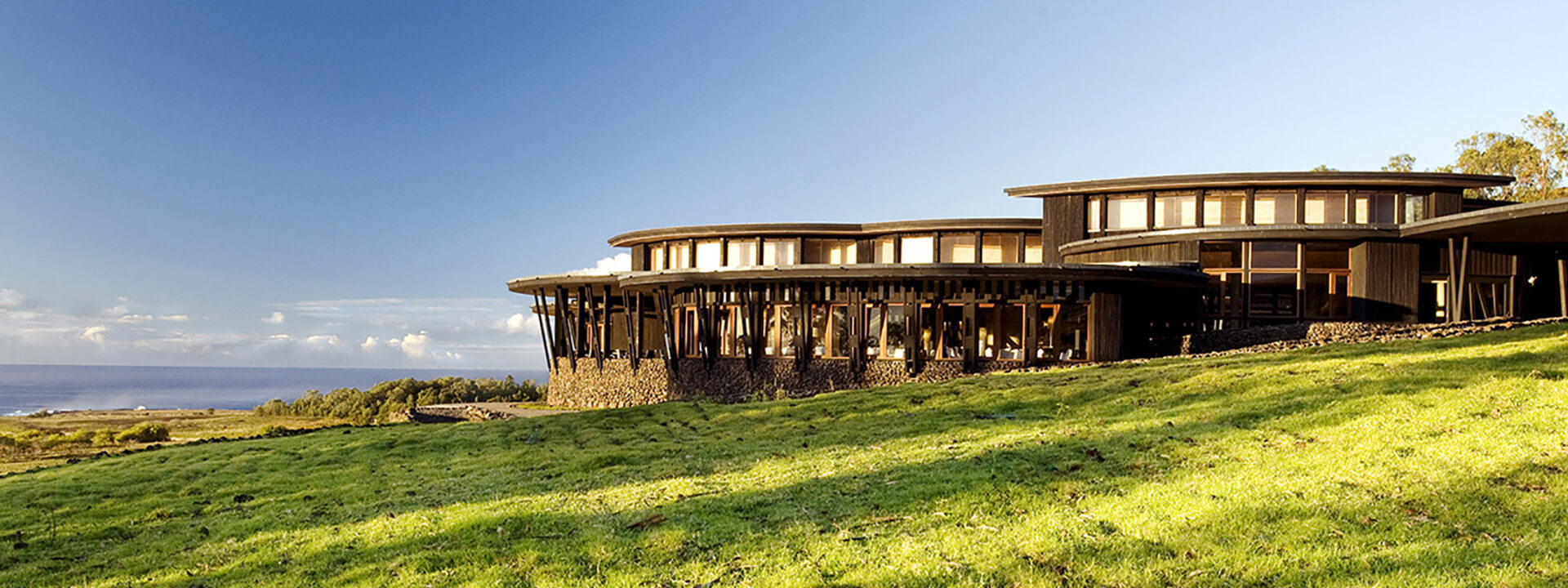
Explora Rapa Nui
